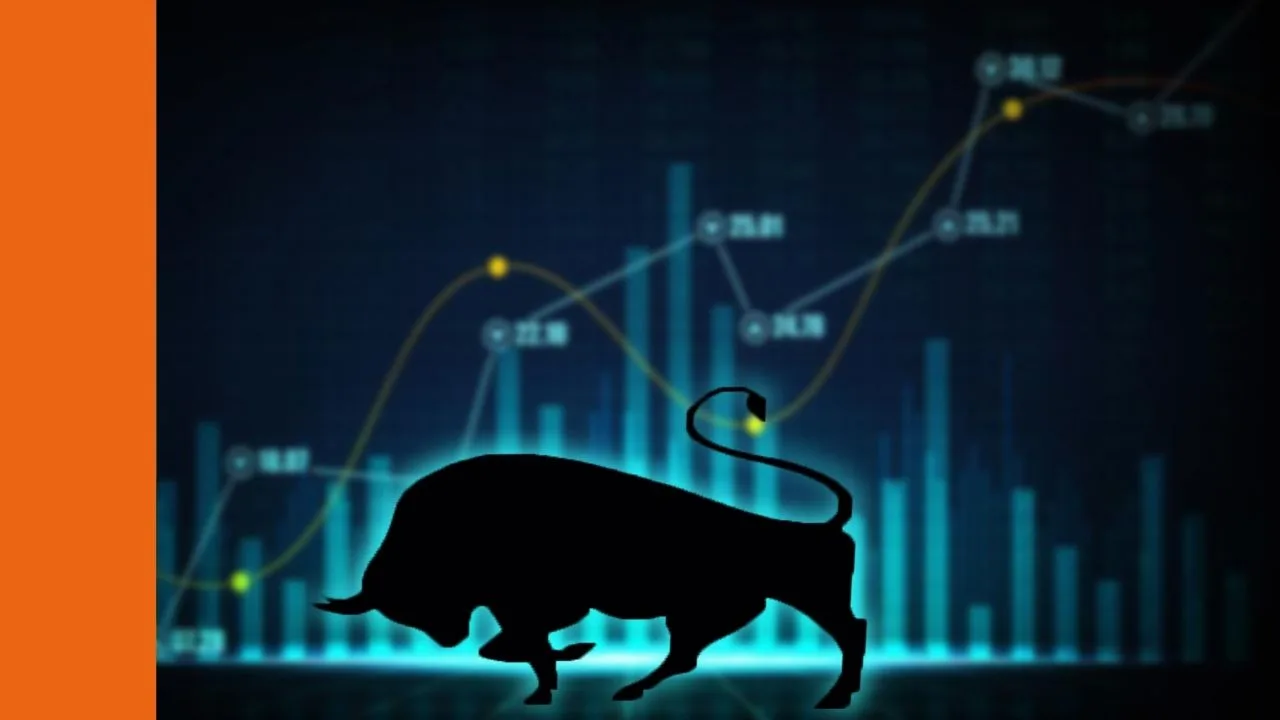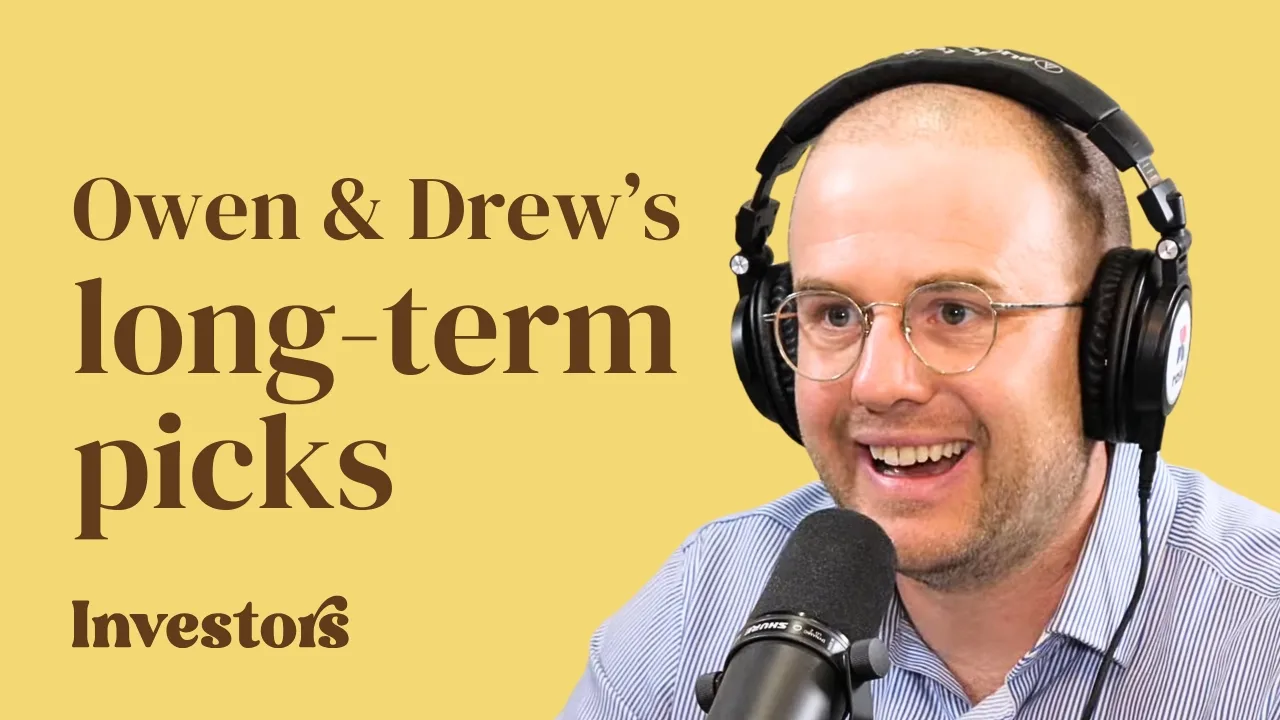When you’re looking at exchange traded funds (ETFs), you’ll notice that some are “currency hedged”. What does this mean, and should you be hedging your ETFs?
What is hedging?
Hedging is a term used in finance to refer to risk management. It’s commonly used across currency markets and commodity markets but can appear just about anywhere that you have risk to manage.
There are a few ways that hedging can be done but a common way is through the use of forward contracts.
A forward contract allows you to effectively lock in an exchange rate or asset price into the future.
Let’s say you’re holding AUD but want to buy USD in the future. If the AUD:USD exchange rate today is 0.75 and you think that the USD value may strengthen, you could use a forward contract to lock in the current exchange rate.
You could buy a forward contract that allows you to purchase USD in 3 months time at an exchange rate of 0.75. You pay a small fee for this, but the benefit is that if you’re right and the USD value strengthens to an AUD:USD rate of 0.7 you can still purchase $100USD for $133AUD ($100 / 0.75), rather than paying today’s rate of $143AUD ($100 / 0.7).
If you paid a $2 fee for the contract, you’re still $8 better off ($143 – $133 – $2 = $8) then if you’d bought USD at the higher rate.
So, how’s this all relate to ETFs?
Some ASX ETFs like the iShares S&P 500 ETF (ASX: IVV) give you exposure to foreign companies (in this case US companies) that are priced in USD.
The IVV ETF has no hedging mechanisms in place, meaning when you buy IVV units, you’re not just exposed to changes in the underlying share prices of companies like Apple Inc. (NASDAQ: AAPL), you’re also exposed to the AUD:USD exchange rate.
This could be adding risk to your investments that you weren’t accounting for.
Hedged ETFs
Luckily, the IVV has a hedged cousin, the iShares S&P 500 (AUD Hedged) ETF (ASX: IHVV).
Unlike IVV, IHVV uses currency hedging to remove the currency risk from this foreign investment. What this means in practice is that your return will be almost completely based on the underlying share price movements, rather than the share price movements + currency movements.
The obvious benefit of this approach is that you’re removing risk. There’s one less variable to go wrong.
The downside is, you could also be removing returns.
Over the last 5 years, IVV has returned ~15.8% per year while the hedged version has only returned ~12% per year.
The reason for this is because over the last 5 years, the value of the AUD has slightly declined compared to USD. Today the exchange rate is 0.65 but 5 years ago it was about 0.68.
You can see in the table below how the value of your investment would’ve increased if you’d spent $100AUD buying USD 5 years ago. Your investment would’ve increased more than 4.5% just on currency changes alone.
| Amount in AUD | AUD:USD Rate | Amount in USD |
| $ 100.00 | 0.68 | $ 68.00 |
| $ 104.62 | 0.65 | $ 68.00 |
The other reason for the difference in returns is the slightly higher fees of IHVV. Hedging costs money – you can’t lock in exchange rates for free. So, a hedged version of an ETF will always have higher management fees than an unhedged version (IVV charges 0.04% per year compared to IHVV charging 0.1%).
Should you be hedging?
The historical returns don’t tell you much. If the value of the AUD had increased over the last 5 years, you’d actually expect to see IHVV outperform IVV, so hedging can certainly add value.
The key thing to consider is risk.
If you’re a long-term investor with a high risk tolerance then an unhedged ETF might make the most sense. The fees are lower and the returns could be higher over the long-term if the US economy outperforms Australia.
However, if you’re looking for a lower-risk option or have reason to believe the AUD is going to perform strongly, then hedging could be the way to go.
As always, it depends on your circumstances and investment goals.






